Introduction
Setting up a new printer should be simple, but for many, it can feel like a daunting task. Whether you’re connecting your first home printer, upgrading to a wireless model, or adding a device to your office network, a smooth setup is crucial for hassle-free printing. A proper printer setup ensures your documents print clearly, your device stays connected, and you avoid those frustrating “printer not found” or “driver unavailable” errors. In this comprehensive printer setup guide, you’ll learn how to set up a printer in Windows-step by step-using USB or WiFi, how to install or update drivers, and what to do if something goes wrong. Let’s get started!
Unboxing and Connecting the Hardware
Before diving into Windows settings, start with the basics:
- Unbox your printer
- Remove all packaging, protective tapes, and inserts.
- Check that you have the power cable, ink or toner cartridges, and (if needed) a USB cable.
- Place the printer
- Set it on a flat, stable surface near your PC or router (for WiFi printers).
- Install ink or toner
- Open the access panel and insert the cartridges as shown in the manual.
- For inkjets, let the printer run its initial setup cycle.
- Load paper
- Adjust the paper guides and load plain paper into the tray.
- Plug in and power on
- Connect the power cable and press the power button.
- Wait for the printer to finish its startup routine.
Tip: Always follow your printer’s quick start guide for brand-specific steps.
Connecting via USB (Plug-and-Play)
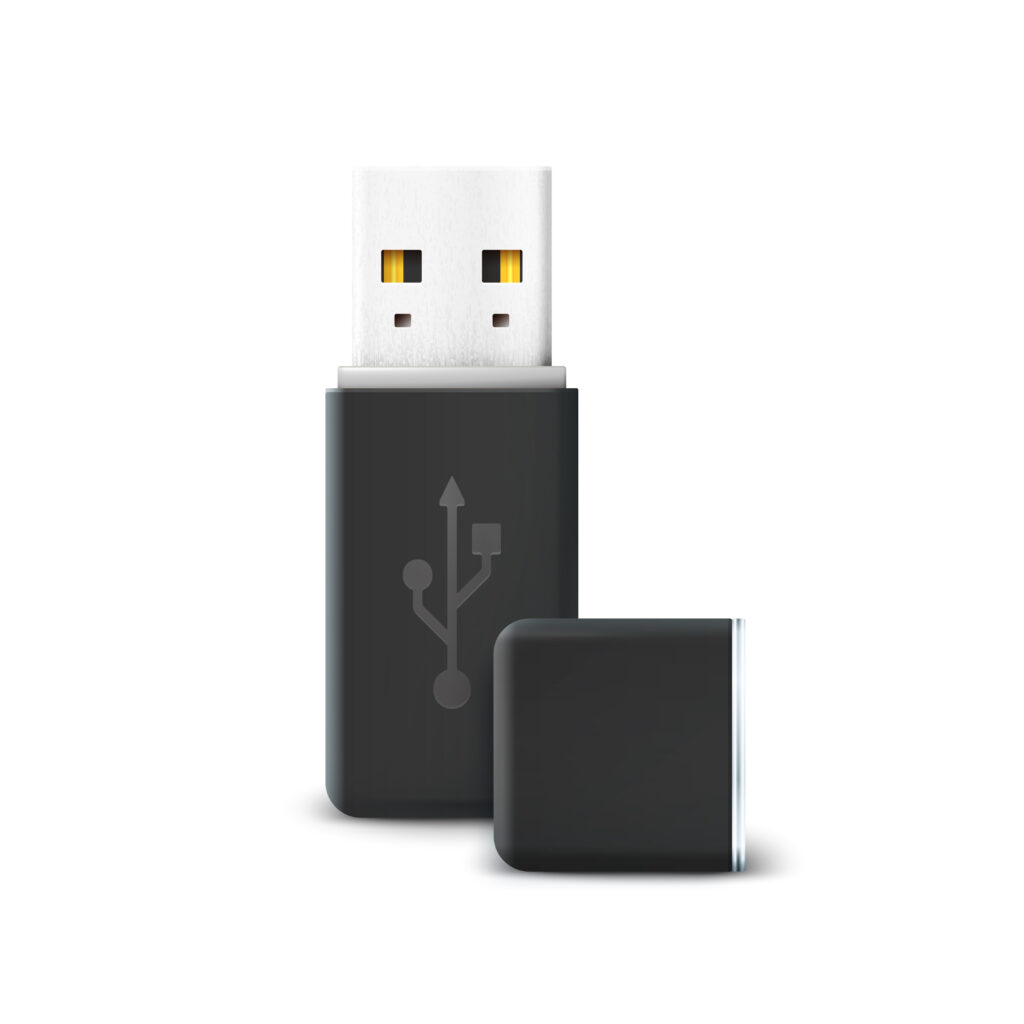
A USB connection is the fastest way to install a printer in Windows.
- Connect the USB cable
- Plug one end into the printer and the other into your PC’s USB port.
- Windows should automatically detect the device and attempt to install drivers[6][4].
- Wait for automatic setup
- Look for a notification: “Setting up device.”
- If prompted, allow Windows to search for and install the latest driver.
- Manual driver installation (if needed)
- If Windows doesn’t find the driver, visit your printer manufacturer’s website.
- Download the latest driver for your model and Windows version.
- Run the installer and follow on-screen instructions[7][10][12].
Troubleshooting:
If your printer isn’t detected, try a different USB port, restart your PC, or use a new cable.
Connecting via WiFi (Wireless Setup)
Wireless printing is convenient and keeps your workspace clutter-free. Here’s how to connect your printer to WiFi:
1. Connect the Printer to Your WiFi Network
- Using printer’s control panel:
- On the printer, navigate to Network or Wireless Settings.
- Select your WiFi network (SSID) and enter the password.
- Wait for a confirmation message or a steady WiFi light.
- Using WPS (if supported):
- Press the WPS button on your router.
- Within 2 minutes, press the WPS button on your printer.
- The printer should connect automatically.
- Using manufacturer’s app:
- Download the official app (e.g., HP Smart, Canon PRINT, Epson iPrint).
- Follow the prompts to connect the printer to your network.
2. Add the Printer in Windows
- On your PC, go to Start > Settings > Bluetooth & devices > Printers & scanners.
- Click Add device next to “Add a printer or scanner.”
- Windows will search for available printers. Select your printer from the list and click Add device[5][6][8].
- If your printer doesn’t appear, click Add manually and follow the prompts.
Tip: Make sure your PC is connected to the same WiFi network as your printer.
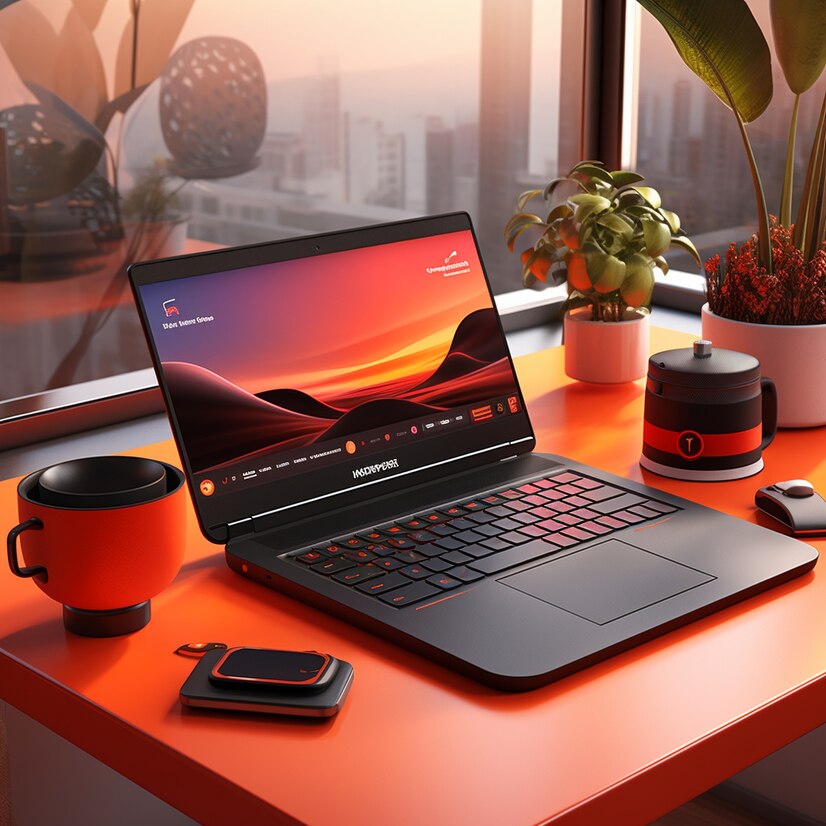
Adding a Printer via Windows Settings
Whether your printer is USB or wireless, you can always add it through Windows Settings:
- Open Settings
- Press Win + I or click the Start menu and select Settings.
- Go to Printers & Scanners
- Navigate to Bluetooth & devices > Printers & scanners (Windows 11/10).
- Add a printer or scanner
- Click Add device.
- Wait for Windows to find your printer. Select it and click Add device.
- Add manually (if needed):
- If your printer isn’t listed, select Add manually.
- Choose from options like “Add a printer using a TCP/IP address or hostname” for network printers[9].
- Enter the required details (often found on a label on the printer or in its settings menu).
- Complete the setup
- Windows may prompt you to install drivers or name your printer.
- Click Finish when done.
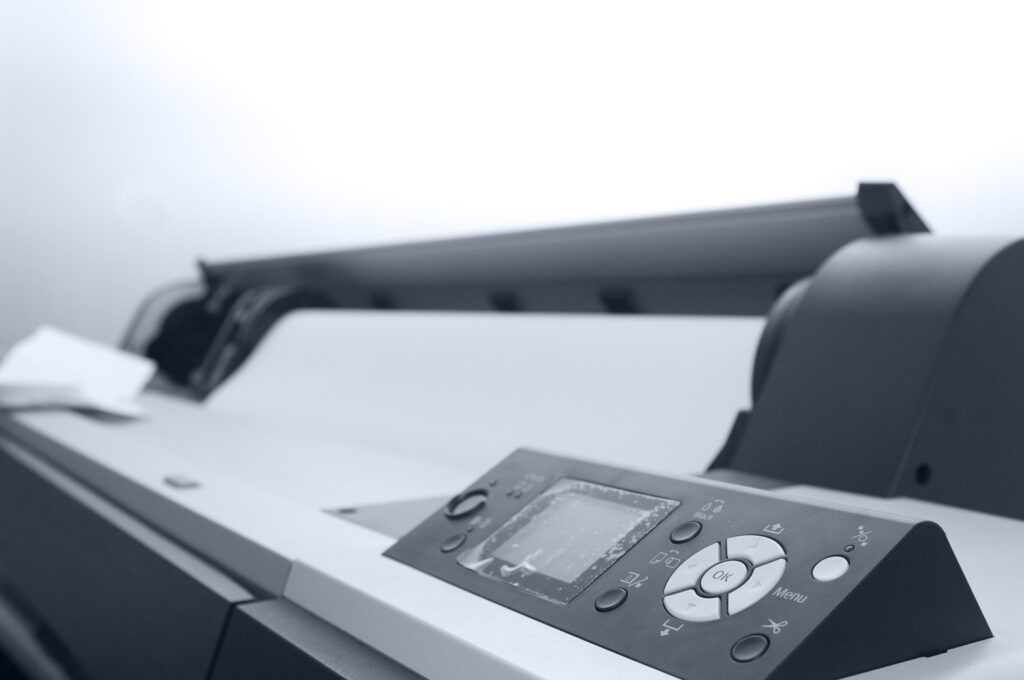
Installing or Updating Printer Drivers
Drivers are essential for your printer to communicate with Windows. Here’s how to ensure you have the latest:
1. Automatic Installation
- Windows 10/11 often installs drivers automatically when you connect a printer.
- Check for updates:
- Go to Settings > Windows Update and click Check for updates.
2. Manual Installation
- Download the latest drivers from your printer manufacturer’s website[7][10][12].
- Run the installer and follow the prompts.
- For advanced users:
- Open Device Manager, right-click your printer, and select Update driver.
3. Using Windows Update
- Go to Settings > Update & Security > Windows Update.
- Click Check for updates; Windows may find and install new printer drivers.
Tip: Always choose drivers that match your Windows version (32-bit or 64-bit, Windows 10 or 11).
Printing a Test Page
Once your printer is installed, print a test page to confirm everything works:
- Go to Printers & Scanners
- Open Settings > Bluetooth & devices > Printers & scanners.
- Select your printer
- Click your printer’s name, then Printer properties.
- Print test page
- In the properties window, click Print Test Page.
A successful test page means your setup is complete!

Common Troubleshooting Tips
Even with a smooth setup, issues can pop up. Here’s how to fix common problems:
- Printer not found:
- Ensure the printer is powered on and connected to the same network as your PC.
- Restart your printer and PC.
- For WiFi printers, check the signal strength and reconnect if needed.
- Driver unavailable:
- Download and install the latest driver from the manufacturer’s website.
- Remove and re-add the printer in Windows.
- Print jobs stuck in queue:
- Open the print queue and cancel all jobs.
- Restart the Print Spooler service (search for “Services” > right-click Print Spooler > Restart).
- Poor print quality:
- Check ink/toner levels and replace if needed.
- Run the printer’s cleaning or maintenance cycle.
- Connection drops:
- For wireless printers, assign a static IP address in your router settings to prevent the printer from “disappearing” after restarts.
Bonus: How to Remove or Reinstall a Printer
If you need to remove or reinstall your printer:
- Open Printers & Scanners
- Go to Settings > Bluetooth & devices > Printers & scanners.
- Remove the printer
- Click your printer, then Remove device.
- Reinstall
- Follow the setup steps above to add your printer again.
Tip: If you’re changing printers, always remove the old one to avoid confusion.
FAQs
Why isn’t my printer showing up in Windows?
- Double-check that the printer is powered on and connected (via USB or WiFi).
- Try a different USB port or cable.
- For WiFi printers, make sure both devices are on the same network.
- Restart both your PC and printer.
Do I need to install drivers for my printer?
- Most printers will auto-install drivers in Windows 10/11.
- For best results, always install the latest drivers from your printer’s brand website, especially for advanced features.
Can I add a network printer using an IP address?
- Yes! In Printers & Scanners, choose Add manually > Add a printer using a TCP/IP address or hostname, and enter the printer’s IP address.
What if my printer says “driver unavailable”?
- Download and install the correct driver from the manufacturer’s website.
- Remove and re-add the printer in Windows after installing the new driver.
Conclusion
Setting up a new printer in Windows doesn’t have to be stressful. By following these step-by-step instructions-unboxing, connecting, adding your printer in Windows, installing drivers, and printing a test page-you’ll be ready to print in no time. If you run into issues, use the troubleshooting tips or reinstall your printer for a fresh start. Remember, a well-set-up printer means fewer headaches and smoother printing for years to come. Happy printing!
Microsoft: Add a printer or scanner in Windows Learn More.
How to Connect a Printer to WiFi: Simple Steps for All Learn More.
Why Is My Printer Offline? 7 Easy Fixes for Windows Learn More.

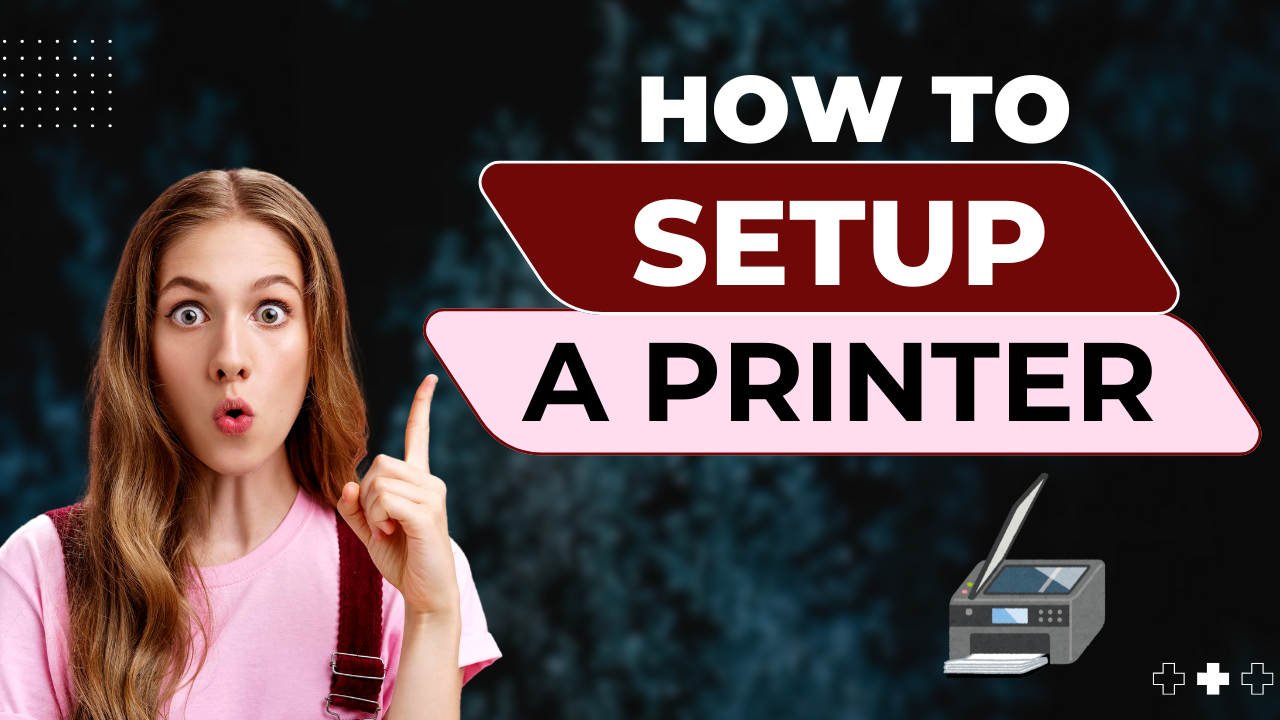
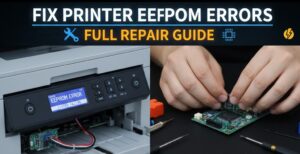
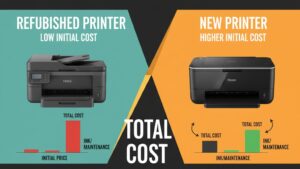
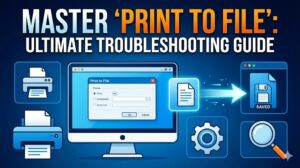
Recent Comments